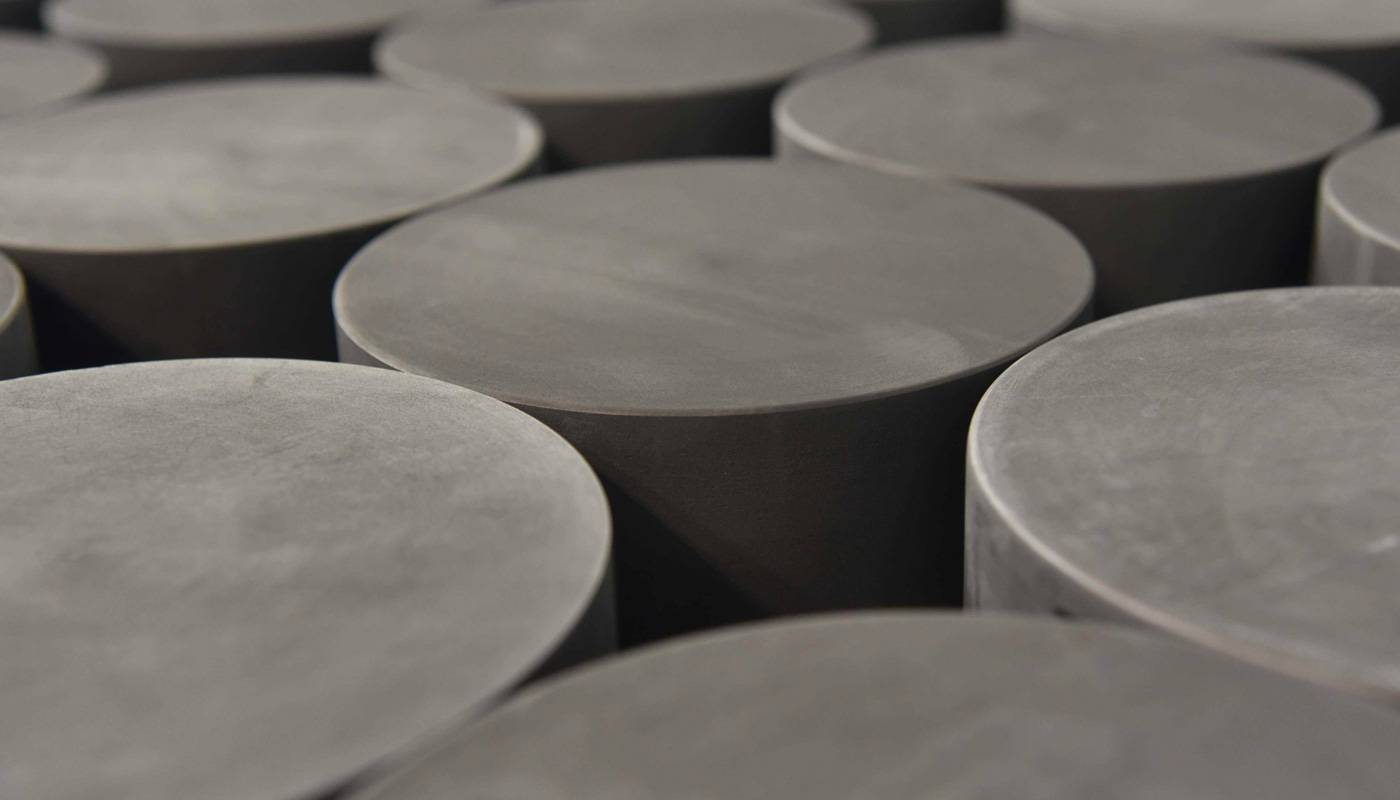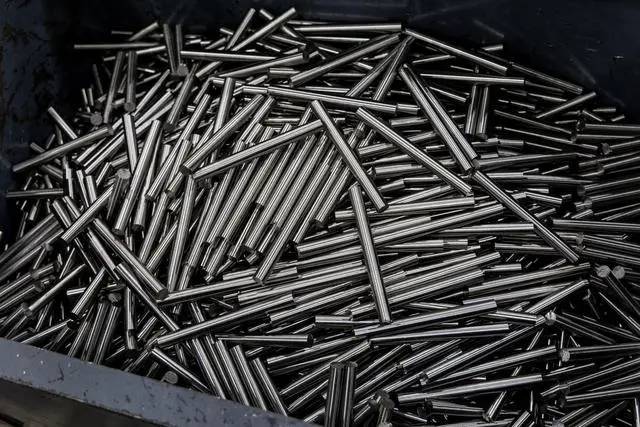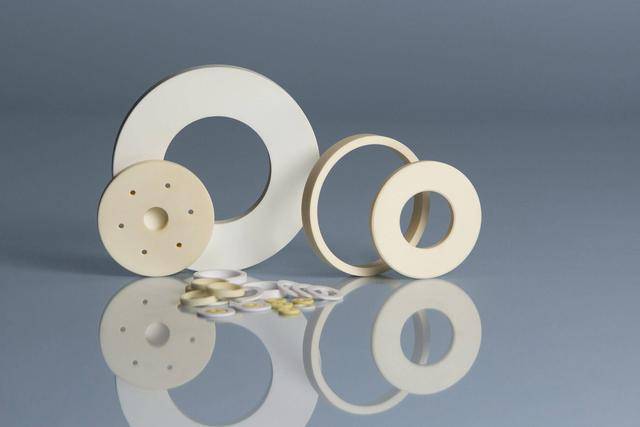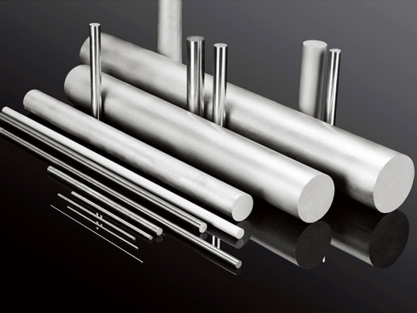Introduction to Isostatic Pressing
Isostatic pressing is a manufacturing process that enables the production of high-performance materials. It involves the application of equal pressure in all directions to a material in a sealed chamber, resulting in the elimination of internal defects. The process is commonly used in the aerospace, automotive, and medical industries, among others, where high strength and reliability are required. Isostatic pressing can be performed at high temperatures (hot isostatic pressing) or at room temperature (cold isostatic pressing), depending on the material and application requirements. The advantages of isostatic pressing include improved material performance, reduced internal stresses, and increased product consistency.
Table of Contents
Internal Defects of Materials
Materials used in various industries often contain internal defects such as pores, cracks, and segregation, which can significantly reduce the material's performance, service life, and stability.
Pores
Pores are one of the most common internal defects in materials. During the production of cast products, uneven cooling rates in various areas of the forming process can cause pores to form inside the material. Pores can lead to fracture, wear, and corrosion, which can compromise the material's performance and safety.
Cracks
Cracks are another type of internal defect that can occur in materials. Cracks can occur due to various reasons, such as thermal stresses, mechanical stresses, or manufacturing defects. These cracks can lead to fatigue failure, which can be catastrophic in extreme working environments such as power units, submarine oil pipelines, and others.
Segregation
Segregation is the non-uniform distribution of alloying elements within a material. This can occur during the production of cast products due to the differential cooling rates experienced by different regions of the material. Segregation can lead to brittleness, reduced toughness, and poor corrosion resistance.
Isostatic pressing helps to reduce the internal defects of materials by applying uniform pressure from all directions to a material. This pressure helps to eliminate voids, cracks, and segregations that may be present in the material, which in turn reduces internal stresses.
Hot isostatic pressing (HIP) is particularly useful in the treatment of castings, powder metallurgy, and ceramics. HIP can help to repair internal porosity defects, resulting in lighter designs, improved ductility and toughness, reduced property fluctuations, and longer service life. Moreover, HIP can form metallurgical bonds between different materials, which is useful in the manufacture of high-end graphite.
In conclusion, internal defects in materials can be detrimental to their performance and safety. Isostatic pressing, particularly hot isostatic pressing, helps to reduce these defects, leading to improved mechanical properties and dimensional stability.
Importance of Material Performance
Isostatic pressing is a process that has been used for decades to reduce internal stresses in materials. Manufacturers can improve the performance of materials in various applications by reducing their internal stresses. In this section, we will discuss the importance of material performance in isostatic pressing.

Effect on Material Resistance
Isostatically pressed materials are often more resistant to cracking or breaking, making them ideal for use in high-stress environments. The process reduces the internal stresses in a material, which improves its performance in various applications. The materials are also less likely to warp or deform, which is important for materials used in precision manufacturing.
Selection of Materials
Isostatic pressing can be used with a variety of materials, including metals, ceramics, and polymers. The properties of the metal powder used in isostatic pressing will affect the final sintered component's properties. For this reason, these properties should be carefully characterized to ensure optimum final component properties. Manufacturers must carefully characterize the metal powder's properties for isostatic pressing to be successful.
Phase Composition
Phase composition and grain size are also important characteristics to control because they can affect powder hardness and melt properties. These, in turn, affect not only pressing efficiency and sintering behavior but also the mechanical properties of the pressed part. The powder used must also comply with the alloy composition of the material specified.
Uniformity of Density
Uniform density distribution is essential in isostatic pressing. Cold isostatic pressing allows the production of simple-shaped small or large powder compacts with a uniform green density even for large height/diameter ratio parts. The radial pressure becomes approximately equal to the axial pressure for materials such as aluminum that have constant shear stress, i.e., approaches an isostatic pressure distribution. However, for materials like copper, where yield stress is a function of the normal stress on the shear plane, the radial pressure remains less than the axial pressure.
Material Performance
The range of ceramic products produced by the isostatic process is large. Isostatic pressing is used as an alternative production method to die compaction, extrusion, slip casting, and injection molding. The advantages of the process are varied and can be summarized in several ways. The process provides increased and more uniform density at a given compaction pressure and relative freedom from compact defects when applied to brittle or fine powders. The cross-section-to-height ratio of the part is not a limiting factor as it is with uniaxial pressing.
Advantages of Isostatic Pressing
Isostatic pressing is a manufacturing process that involves applying uniform pressure to a workpiece from all sides simultaneously. This technique is commonly used in the production of high-performance materials such as ceramics, metals, and composites. Isostatic pressing provides several advantages over other manufacturing methods.
Improved Structural Integrity
The uniform pressure applied during isostatic pressing helps to reduce the internal stresses and improve the structural integrity of the material. This method eliminates voids, porosity, and other defects that may occur during the manufacturing process. The result is a material with improved mechanical properties, increased density, and enhanced homogeneity.
Complex Shapes
Isostatic pressing is particularly useful in producing complex shapes that cannot be easily achieved by other methods. The technique allows for the fabrication of thin-walled structures with high accuracy and precision. The ability to press compacts of very high length-diameter ratio (> 200), parts with internal shapes including threads, splines, serrations, and tapers, and long thin-walled parts makes isostatic pressing a desirable manufacturing method.
Cost-effective and Reliable
Isostatic pressing is a cost-effective and reliable method that is used widely in various industries, including aerospace, automotive, and medical. The low tooling cost of wet bag pressing and the ability to press weak powders make isostatic pressing a popular manufacturing method among the industries.
Elimination of Drying Process
One of the advantages of isostatic pressing is that parts can be fired without drying. This means that the drying process, which can be time-consuming, is eliminated, and the manufacturing process is sped up.
High Volume Production
Dry bag isopressing, which is a type of isostatic pressing, can be automated for high-volume production. This is particularly useful in the mass production of parts such as spark plug insulators. Dry bag isopressing is easier to automate than the wet-bag process.
Improved Dimensional Tolerance
Isostatic pressing is capable of producing parts with improved dimensional tolerance. Wet-bag isopressing, in particular, has a higher packing uniformity than uniaxial pressing, and this results in parts with improved dimensional tolerance.
In conclusion, isostatic pressing is a reliable and cost-effective manufacturing method that provides several advantages over other methods. The technique allows for the production of complex shapes, eliminates the drying process, and improves the structural integrity of the material. The ability to press compacts of very high length-diameter ratio, parts with internal shapes, and long-thin-walled parts makes isostatic pressing a desirable manufacturing method.
Applications of Isostatic Pressing
Isostatic pressing has found widespread application in various industries due to its unique ability to reduce internal stresses and produce high-quality parts. Here are some of the key areas where isostatic pressing is used:

Aerospace and Automotive Industries
Isostatic pressing is highly useful in the production of high-strength turbine blades for aircraft engines and high-performance bearings for automotive engines. The parts produced using isostatic pressing have uniform density and strength in all directions, making them more reliable and durable.
Medical and Electronic Devices
In the medical industry, isostatic pressing is used to produce implants and prosthetics with superior mechanical properties and biocompatibility. In the electronics industry, isostatic pressing is used to manufacture ceramic substrates for electronic components such as capacitors, resistors, and transistors. These substrates must have excellent thermal conductivity, low dielectric loss, and high mechanical strength to meet the demands of modern electronic devices.
Food Processing
Isostatic pressing is also used in the food processing industry as a mild preservation technology. The process deactivates microorganisms and enzymes and denatures proteins and polysaccharides. It applies uniform, simultaneous, and omnidirectional pressure to food products, altering the functional and sensory properties of various food components, especially proteins. Changes can also be made to macromolecules, such as crystallizing of lipids, denaturation of proteins and enzymes, and gelatinization of starch.
Pharmaceuticals, Explosives, Chemicals, and Nuclear Fuel
Isostatic pressing is widely used in the production of powdered metals, ceramics, carbides, composites, pharmaceuticals, carbon/graphite, ferrites, explosives, chemicals, nuclear fuel, and other materials into compact shapes.
Wet-Bag and Dry-Bag Isostatic Pressing
There are two types of isostatic pressing commonly used: wet-bag and dry-bag. Wet-bag pressing is used to provide higher packing uniformity than in uniaxial pressing. On the other hand, dry-bag isopressing is easier to automate than the wet-bag process.
Cold Isostatic Pressing (CIP) and Hot Isostatic Pressing (HIP)
Cold isostatic pressing (CIP) is a method of compacting powdered materials into a solid homogeneous mass before machining or sintering. It is commonly used for parts that are too large to be pressed in uniaxial presses and that do not require high precision in the sintered state. Hot isostatic presses (HIP) are used to process powders and other materials into dense preformed metals, plastics, and ceramics. The HIP furnace introduces gas into the chamber and simultaneously increases the temperature and pressure to add density to the materials being processed.
In conclusion, isostatic pressing has a wide range of applications in various industries. It is used to produce high-quality parts with superior mechanical properties, uniform density, and strength in all directions. Additionally, it is also used for food processing, pharmaceuticals, explosives, chemicals, nuclear fuel, and other materials into compact shapes. The process has evolved over time, and there are now various types of isostatic pressing, including wet-bag and dry-bag isostatic pressing, cold isostatic pressing (CIP), and hot isostatic pressing (HIP).

Conclusion
In conclusion, Isostatic Pressing (IP) is a unique manufacturing process that has been used for decades to improve the performance of materials. It is an effective method of reducing internal stresses and improving material properties such as strength, ductility, and fracture toughness. Hot Isostatic Pressing (HIP) is particularly useful for materials that require high-temperature processing, while cold isostatic pressing (CIP) is ideal for materials that cannot withstand high temperatures. IP has a wide range of applications in various fields, including aerospace, automotive, medical, and energy industries. Overall, Isostatic Pressing is a cost-effective and reliable method of producing high-quality materials with superior properties.
Related Products
- Cold Isostatic Pressing Machine CIP for Small Workpiece Production 400Mpa
- Manual Cold Isostatic Pressing Machine CIP Pellet Press
- Electric Lab Cold Isostatic Press CIP Machine for Cold Isostatic Pressing
- Warm Isostatic Press for Solid State Battery Research
- Warm Isostatic Press WIP Workstation 300Mpa for High Pressure Applications
Related Articles
- Isostatic Pressing Technology: Revolutionizing Ceramic Material Densification
- Understanding the Isostatic Pressing Process and its Types
- Comprehensive Guide to Isostatic Pressing: Types, Processes, and Features(3)
- Understanding Isostatic Pressing: Process, Benefits, Limitations, and Applications
- Isostatic Pressing Technology: Principles, Classification, and Applications












